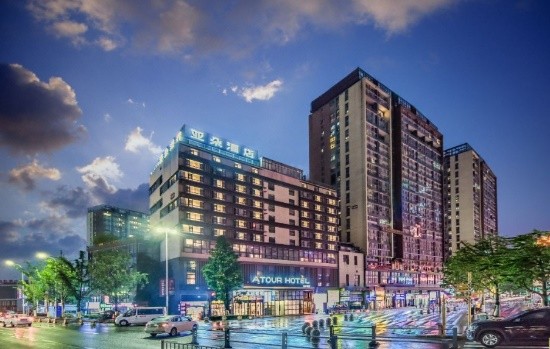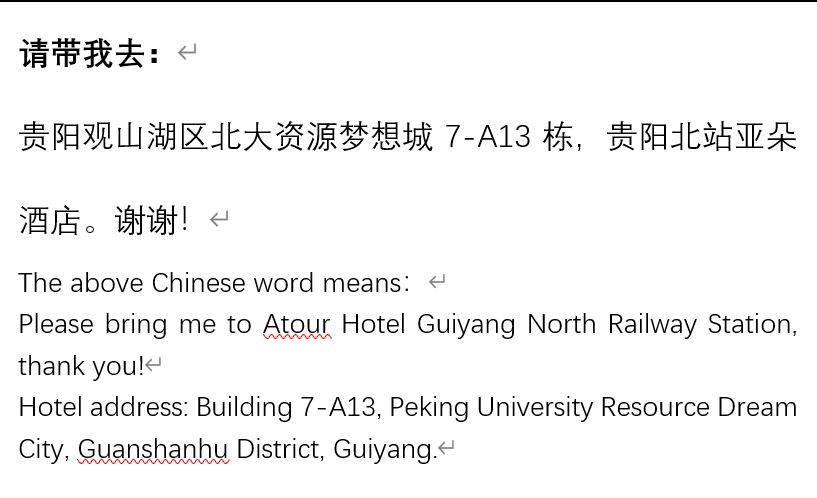
NEESS 2025 will be held in Guiyang, China from July 25-27,2025. For more information about the hotel, check out below.




1. Information:
Atour Hotel Guiyang North Railway Station (Detailed venue still to be finalized)
Hotel Website:click
Tel: +86-851-83225566
Address: Building 7-A13, Peking University Resource Dream City, Guanshanhu District, Guiyang
>> Standard single room: RMB 400/ night (about USD 56/ night). (One bed, Internet and one breakfast included)
>> Standard double room: RMB 450/ night (about USD 63/ night). (Two beds, Internet and two breakfast included)
2. Room Booking:
You can make a reservation by sending a message or calling 18984040014 before July18th, please tell that you are a guest of " NEESS 2025 ", and then can enjoy the agreed price.
3. Direction:
* Guiyang Longdongbao International Airport: 26 km, 37 mins; * Guiyang North Railway Station: 5 km, 13 mins
4. Tips:
For non-Chinese Attendees, "Bring me to the hotel" card is available. You can show it to the taxi drivers and they will take you to the hotel.
